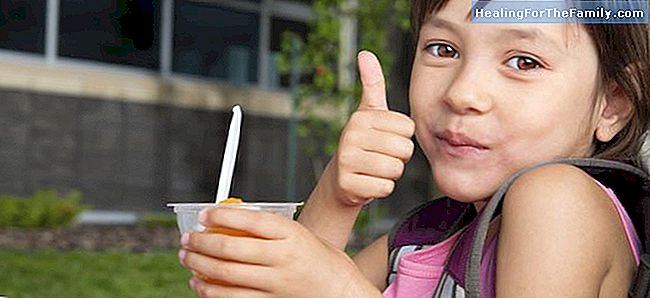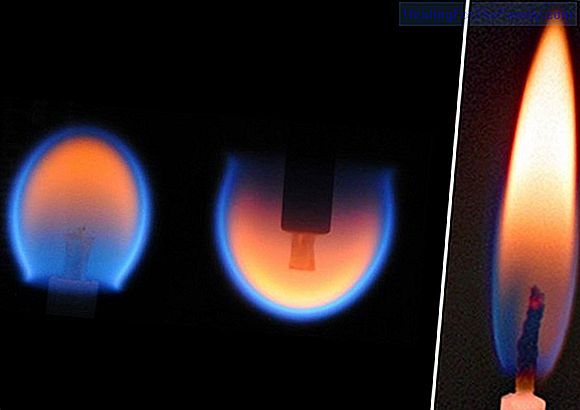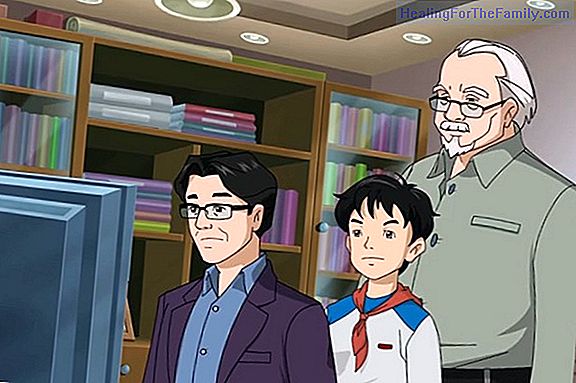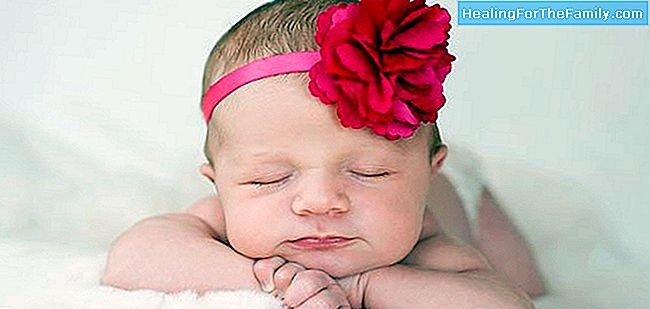Orthopedic problems in the knees of children
One of the important concerns parents have regarding their children's legs is their alignment seen from the front. We must be clear that in the first 18 months of life is usual to see children with their legs in "parentheses", then at 2 years they see their knees straight and then the children becom
One of the important concerns parents have regarding their children's legs is their alignment seen from the front. We must be clear that in the first 18 months of life is usual to see children with their legs in "parentheses", then at 2 years they see their knees straight and then the children become "rodillijuntos" until 3 years and a half.
After this age, the knees continue together but gradually decreasing until 7-9 years, which will remain with their shape the rest of their evolution. Any parameter that comes out of this alignment is out of the ordinary.
Types of problems in the knees of children
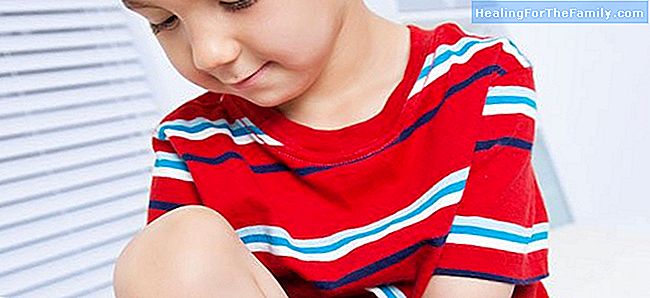
1. Legs in parentheses. Also known as Genu Varo, it is a physical peculiarity marked by an outward tilt of the leg. The minor presents an exaggerated curvature of the knees that can be inherited. It is common in infants and, in many cases, is corrected naturally with growth.
2. Legs in X. Also known as Genu Valgo, it is a deformity characterized because the thigh and the leg are deviated. It can occur between 3 and 6 years, when the body goes through a natural change in the alignment of the legs. It almost never requires treatment because the legs tend to straighten out on their own. When the problem is very pronounced, either in the two legs or in one, you should go to the doctor and if there is pain or difficulty walking it can be considered a corrective operation after 10 years.
What to do if the child has arched legs
The important thing is not aesthetics, that we like the shape of the legs more or less, but the consequences that this form may bring in the future on the knees. While the shape of the legs allows the transmission of the weight from the hip to the ankle to pass centered by the knee, the alignment is correct. If this load transfer is done outside or inside the knee, the alignment is not correct.
If your child has bowed legs, and especially if you are complaining of knee pain that seems to be getting worse over time no and can not be determined to be due to injury or shock, the doctor may suspect you have the Blount disease and can refer you to a specialist in the treatment of bones. The orthopedic doctor will perform a complete physical examination and x-rays of your child's legs. It is important to keep in mind that some minor changes in the bones may be difficult to notice in children under two years of age, and
it is often difficult to know if a small child has a normal age range that will correct itself or if it has a case of Blount disease . It is necessary to follow up and usually after three years it is easier for the doctor to make a diagnosis. At this age, the physical examination of the child is usually sufficient. And as I said, it is essential to take into account the age and alignment that corresponds to each age.In most of the occasions, therefore, the evolution throughout the first years of life leads us to a normal alignment, so that no type of treatment is necessary more than the periodic observation. But in cases where there are alignment problems that have not been corrected with growth, the doctor can advise the use of orthopedic devices, insoles, footwear ... in cases where there is some pathology causing the deformity, or that the varus or the valgus surpasses the normal values, in order to stop the evolution or correct it.
When this problem persists beyond two years or only affects one leg, it may be the sign of a larger problem, such as rickets or Blount's disease.
Solutions for orthopedic problems in knees
Is it appropriate to use a walker?
The use of the walker has been identified in multiple scientific publications as a risk factor in terms of safety, these devices expand the territory of displacement of children who are often neglected by parents as access to ramps, stairs, electrical devices , tablecloths on the tables or buttons of the stoves, increasing the risk of accidents. The evidence is not clear at 100% if there are alterations in the development, although many specialists emphasize that it does not generate an anatomical or normal gait, because of the way the legs are opened and the weight load on the groin. But the risk in terms of children's safety is clear.
And the jumping?
The use of jumping boots before 9 months of age has been found related to fractures of the femur, as a consequence of the impact when jumping, since the little ones do not control the rise and much less the descent, carrying all their weight, in the legs , who are not yet ready to wear it. So before resorting to unnecessary / ineffective toys / treatments consult your pediatrician or a specialist in Child Orthopedics; the most likely is that your child does not need any treatment, but if you need it, it is important that you have not finished the growth in order to correct it in the simplest and most effective way possible.


